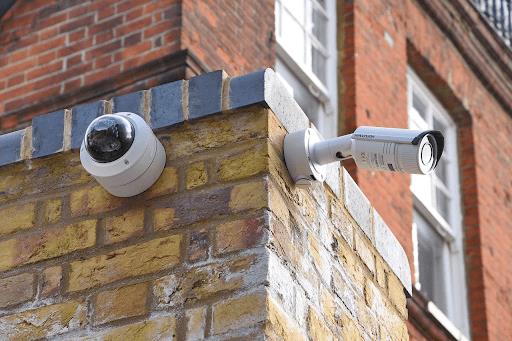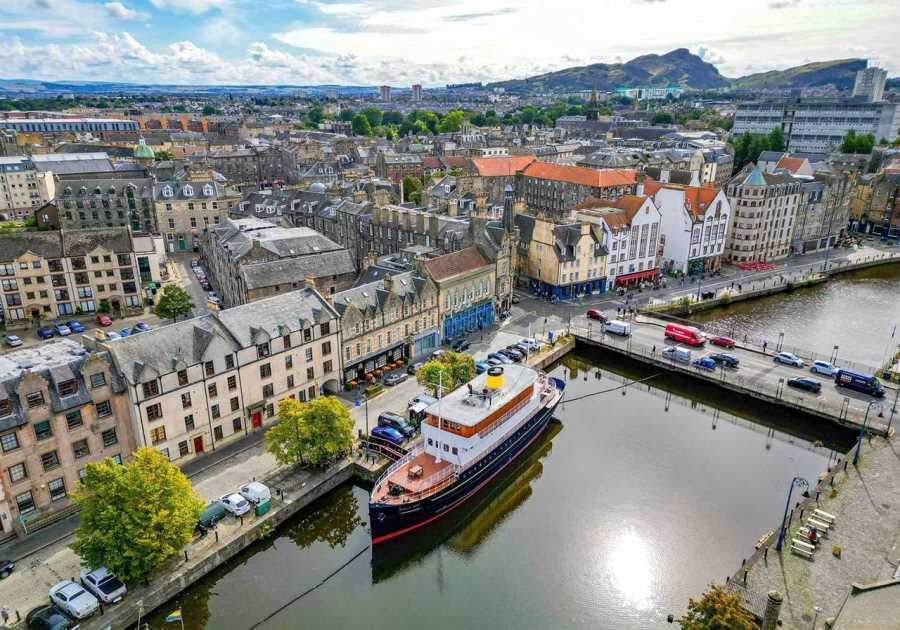
Setting up video surveillance for your business is a smart move. It’ll give you the peace of mind that comes with having that extra layer of security for your business assets. While you may need the help of a technician to install a video surveillance system, it helps to understand the steps so you know what exactly is required to set up the system. In this article, we’ll go over the basic steps required to install a video surveillance system, including installing the cameras for maximum coverage and connecting the devices.
Installing the Cameras
Ready to get your surveillance system up and running? The first step is all about carefully positioning your cameras. Ensure the cameras are in the optimal position and pointed in the right direction. Before you secure the angles, view the footage to ensure they are in the correct position. You’ve got to consider factors like their view, any potential unseen zones, proximity to lights that can disrupt the view, or any obstructions to the view.
Making the Connections
After installing the cameras, you’ll need to connect all the wires and cables. If you are installing a wireless system, you may have fewer cables or wires. In most cases, you’ll have to connect the system using an ethernet or coax cable by attaching them securely from each camera to the recording device. Lastly, double check all cabling runs are operational for trouble-free streaming and recording.
Setting Up the Video Recording Device
Once your cameras are up and running, it’s time to install the recording device. Consider what kind of video box suits your needs – maybe a DVR or NVR? You will have to configure the settings as per your requirements. This includes choosing the resolution, frame rate, and other specifications. You also need to ensure enough storage on the device to capture footage.
Software Configuration
If you need remote access to video surveillance or need to integrate with other security system components, you may have to do some software configuration. This part may require some technical expertise, so if you think you are unable to do it yourself, consider getting professional surveillance systems installation in San Francisco.
Power and Surge Protection
Steady power is essential for your video surveillance system to keep on running smoothly. Power outages or voltage fluctuations can undermine security and cause damage to the system. Therefore, it’s critical to use surge protectors as extra protection. Consider including Uninterruptible Power Supply (UPS) backup solutions that can guarantee uninterrupted coverage during a blackout or other power supply issues.
Testing and Calibration
Having installed the video surveillance system, it is time to test its performance thoroughly and calibrate the surveillance system accordingly. Check the functionality of the camera and the image quality, ensuring that they suit your needs. Test the smooth operation of the video recording and capabilities such as the playback. Tune the camera position and angles for optimal performance and coverage. Also, make sure the storage device is recording the footage. In some cases, you may need to format the storage device.
------------Read More
By: Christian Nordqvist
Title: How do you install a video surveillance system?
Sourced From: marketbusinessnews.com/how-do-you-install-a-video-surveillance-system/336623/
Published Date: Fri, 16 Jun 2023 22:37:41 +0000
.png)





